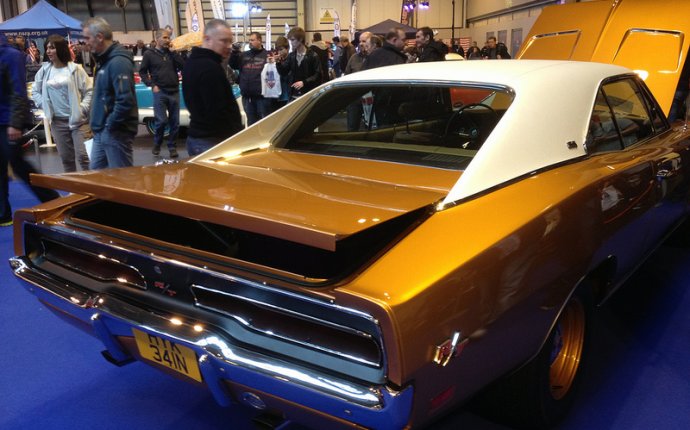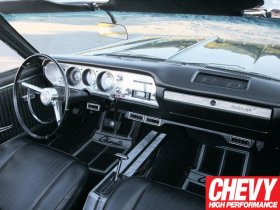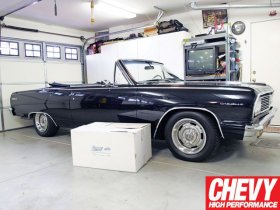
Air conditioning for Classic cars

Complete Air Conditioning Install From Start To Finish-And More!
2/19There are but a few things that can put a damper on any summer cruise in your favorite muscle car, namely unbearable heat and humidity while on the drive. Not that we don't possess the same toughness as veteran owners did, but in today's aftermarket there is no need to endure summer's sweltering worst. An incredible selection of climate control products is available to keep us comfortable.
This month we checked out Classic Auto Air's (CAA) universal air and heating systems as well as its Perfect Fit Series for most Chevy applications. These units come with everything needed to improve heating over the factory system, including multiple fan speed controls and the addition of ice-cold air conditioning. You can further customize your particular installation, as we did, by simply calling CAA directly.
Without a doubt, Chevy High Performance readers are techno-savvy individuals, and since we provide monthly Step By Step installments, these pages will be spent on evaluating the CAA system and providing additional tips and tricks we performed as well. Our installation is in a '64 Chevelle convertible along with the provided Sanden compressor and beltdrive system from Concept One and an Edelbrock hi-flow water pump, which was covered in a previous Step by Step piece (Nov. '06). Rather than rehashing the same details here, we'll focus on the ease and fitment that the Perfect Fit Series provides in most typical installations.
3/19 The entire kit is delivered in one box. Careful packing ensures that all the parts for the installation are easy to recognize and arrive undamaged.
The entire kit is delivered in one box. Careful packing ensures that all the parts for the installation are easy to recognize and arrive undamaged.
Quick Notes
What We Did
Added air conditioning to improve the creature comforts of a drop-top Chevelle.
Bottom Line
The results were well worth the effort!
Cost (approx)
Complete system, $1, 245 (Classic Auto Air PN 20-239) plus recharge service and freon.
How the Heck Does It Work?
Having always been fascinated by how things function, before starting the installation we did a little extra credit investigation to learn how an air conditioning system works. For the most part, an automotive A/C system is split into high- and low-pressure sections.
The cycle begins when the compressor at high pressure pushes refrigerant in superheated gas form into the condenser. Fresh air absorbs the heat of the gas as air passes through the fins. As the refrigerant cools, it condenses and turns into a subcooled high-pressure liquid. The liquid then flows through the drier, which filters out impurities and separates pure liquid from gases. This subcooled, high-pressure liquid then travels to the expansion valve, where it is metered into droplets and delivered to the evaporator found inside the car. The refrigerant cools down as it moves through the unit and as fans blow warm interior air over the fins. Heat is sucked out of the air and absorbed by the refrigerant. As the air temperature drops, the air cannot hold the same level of moisture, and this moisture collects onto the fins, eventually running out through the drain. While the low-pressure gas travels back to the compressor, the cooled air from the evaporator is pushed by the fan through the vents to the occupants inside the car.











